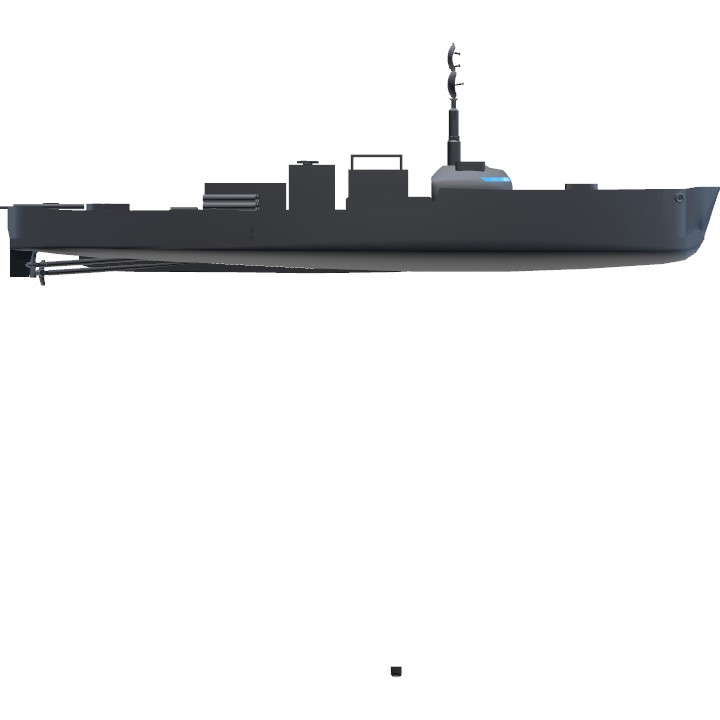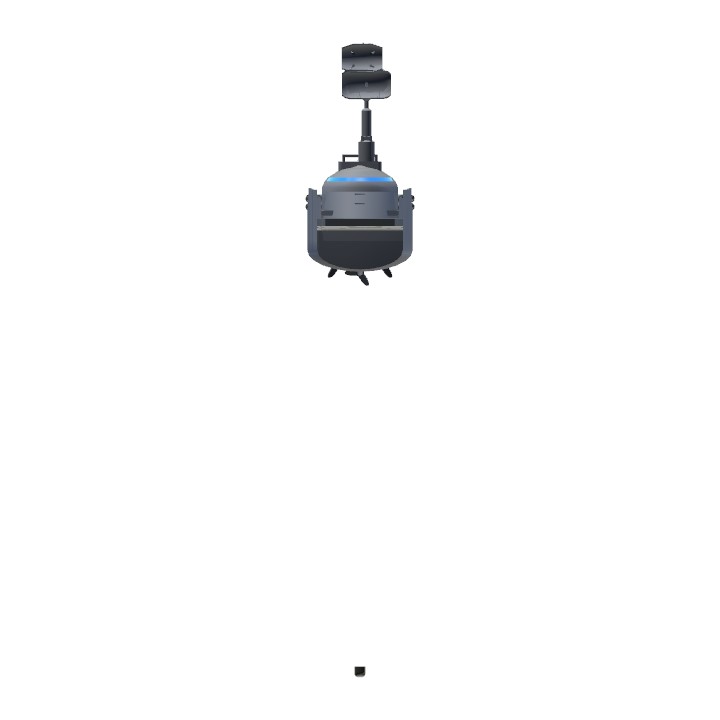Welcome aboard the S 150 FATB.
About- wiki
E-boat was the Western Allies' designation for the fast attack craft (German: Schnellboot, or S-Boot, meaning "fast boat"; plural Schnellboote) of the Kriegsmarine during World War II; E-boat could refer to a patrol craft from an armed motorboat to a large Torpedoboot. The name of E-boats was a British designation using the letter E for Enemy,
The main wartime production boats, designated the S100 class, were very seaworthy, heavily armed and capable of sustaining 43.5 knots (80.6 km/h; 50.1 mph), briefly accelerating to 48 knots (89 km/h; 55 mph). These were armed with torpedoes and Flak guns; commonly one 37 mm at the stern, one 20 mm at the bow with a twin mount amidships, plus machine guns. Armament varied and some S100s substituted a 40mm Bofors or, less commonly, a 20mm flakvierling (quadruple mount) for the aft 37mm cannon.
The S100 class boats were 34.94 m (114 ft 8 in) long and 5.38 m (17 ft 8 in) in beam.[5] Their diesel engines provided a range of 700 to 750 nmi (810–860 mi; 1,300–1,390 km), substantially greater than the gasoline-fueled American PT boats and British motor torpedo boats (MTBs).
As a result of early war experience of combat against the fast and powerful S-boats, the Royal Navy created its MGB force and later developed better-matched MTBs, using the Fairmile 'D' hull design.
History
Development
This design was chosen because the theatre of operations of such boats was expected to be the North Sea, English Channel and the Western Approaches. The requirement for good performance in rough seas dictated the use of a round-bottomed displacement hull rather than the flat-bottomed planing hull that was more usual for small, high-speed boats. The shipbuilding company Lürssen at Vegesack, Bremen, overcame many of the disadvantages of such a hull and, with the private motor yacht Oheka II in 1926, produced a craft that was fast, strong and seaworthy. It was also extremely seaworthy and very light, being constructed of wooden planking over alloy frames. This attracted the interest of the Reichsmarine, which in November 1929 ordered a similar boat but fitted with two torpedo tubes. This became the S1, and was the basis for all subsequent E-boats.
After experimenting with the S1, the Germans made several improvements to the design. Small rudders added on either side of the main rudder could be angled outboard to 30 degrees, creating at high speed what is known as the Lürssen Effect. This drew in an "air pocket slightly behind the three propellers, increasing their efficiency, reducing the stern wave and keeping the boat at a nearly horizontal attitude". This was an important innovation as the horizontal attitude lifted the stern, allowing even greater speed, and the reduced stern wave made E-boats harder to see, especially at night.
**Ag8- Lights + engines
Controls—
- Roll : side to side
- Pitch : Foreward / Backwards
- Trim : Autopilot Foreward
Weapons—
x8 Anti-Ship xb4 torpedos
X16 flares**
Specifications
General Characteristics
- Created On iOS
- Wingspan 16.4ft (5.0m)
- Length 108.5ft (33.1m)
- Height 95.6ft (29.1m)
- Empty Weight 55,115lbs (25,000kg)
- Loaded Weight 65,053lbs (29,507kg)
Performance
- Power/Weight Ratio 1.191
- Wing Loading 535.4lbs/ft2 (2,614.3kg/m2)
- Wing Area 121.5ft2 (11.3m2)
- Drag Points 23760
Parts
- Number of Parts 191
- Control Surfaces 1
- Performance Cost 793







All tags were requested from the forum
@MRM19
@LM0418
@MrCOPTY
@SPAircraftOfficial
@DatMaluchGuy19
@RepublicOfCursedPlanes
And first upvote:)
@Transair
Haha lol.
It’ll probably be done in 15 mins 🤫
From AutoTag list
@Transair56
@INeedANewName
It’s not done publish YET LMAOOo
First Comment and download by transair56